Not all woods are created equal. Some are more durable, some are less susceptible to scratching, and at least one actually repels termites (really!). Here’s a primer to the woods most often used in furniture sold in the United States.
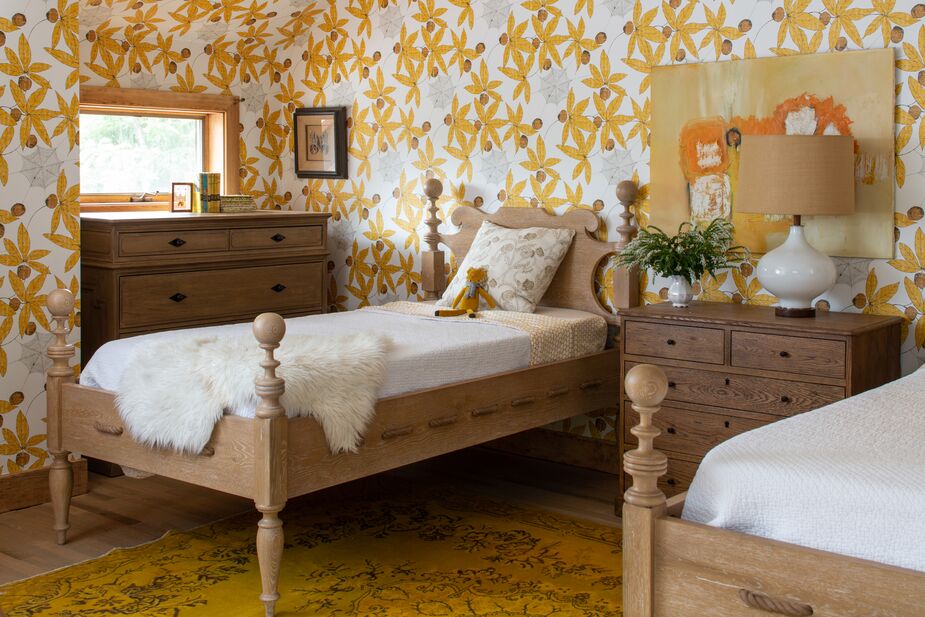
The limed finish accentuates the grain of the Saltwater Beds. Find the nightstand between the beds here.
Soft Can Be Hard
You might think that for durability, hardwoods trump softwoods every time. But a hardwood such as balsa is actually softer than the four species of softwood that fall under the moniker Southern yellow pine. The distinction is botanical: Hardwoods are flowering, softwoods are conifers. The seeds of hardwoods typically have some sort of covering—the fruit that protects apple seeds, for instance, or the acorn that surrounds an oak seed. Conifer seeds are naked. With pine cones, for instance, the seeds sit right on the scales, exposed to the breezes that will carry them off.
What’s more, a wood’s hardness is not the only factor in determining its durability, especially in furniture. The lumber industry standard for assessing hardness, the Janka test, measures the force it takes to embed a small steel ball halfway into a sample of wood. That’s certainly helpful in deciding which woods can withstand nails and screws, but it does not determine their imperviousness to scratches, warping, and the like. So while you wouldn’t want a floor made of a wood that’s low on the Janka scale, many softwoods (and softer woods) are well suited for furniture.
In fact, because softwoods are typically smoother in texture, lighter in weight, and less porous (and therefore better able to take stains and finishes) than hardwoods, they are often preferred by furniture makers. Another reason makers prefer softwoods such as pine: The lumber costs less than that of hardwoods, since softwood trees generally are more plentiful, grow faster, and are easier to chop down.
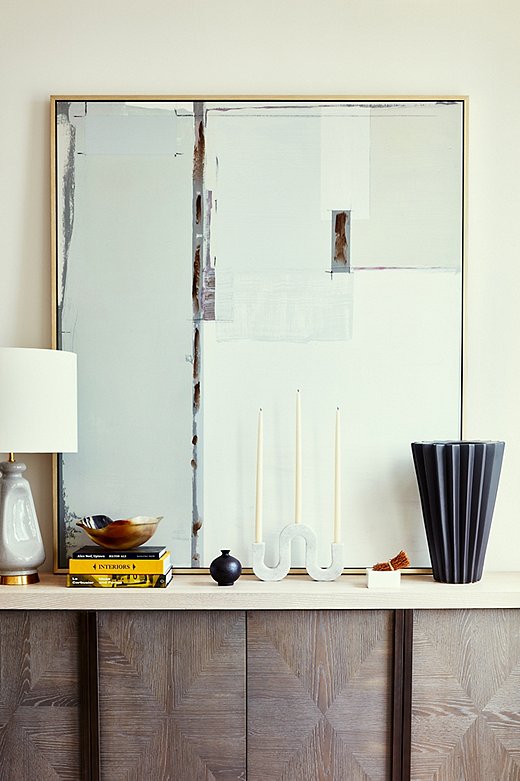
This sideboard’s doors were designed to play up oak’s distinctive grain. Photo by Frank Tribble; design by One Kings Lane Interior Design.
An Aside About Grain
We’ll be using grain and figure interchangeably when discussing the patterns inherent in wood, even though there are technically differences between the two terms. How the timber is sawn—straight across, say, versus at 90-degree angles—can play as much a role in the appearance of the grain as the type of wood.
Wood by Wood
Acacia: Acacia trees are native to Australia, Hawaii, Southeast Asia, and other tropical and subtropical locales. The wood rates very high on the Janka scale and is moisture-resistant as well as durable, so warping won’t be an issue. Even more notable, perhaps, is the wood’s striking, often-swirling grain.
Ash: Versatile ash is hard enough to be used for baseball bats. At the same time, it’s flexible enough for use in bentwood furniture, in which the wood is steamed or soaked before being curved and left to dry in that shape.
Beech: This is another hardwood that’s commonly used for bentwood furniture. Michael Thonet used beech when creating his now-iconic bentwood chairs.
Birch: Durable, with a close, usually straight grain, this readily available hardwood is sometimes given a dark finish to resemble more-expensive mahogany or walnut.
Cherry: This fruitwood is perhaps most valued for its distinctive reddish color, which occurs after oxidation, at least in North American species. (European species tend to be more yellow.) It’s strong yet flexible, with a smooth texture and a close grain. One drawback: Unfinished cherry should be kept out of direct sunlight, which can fade its color.
Elm: Since it’s hardy enough to be used for hockey sticks, this hardwood can certainly withstand daily use as a table, a sofa, or a bed.
Mahogany: A tropical hardwood indigenous to the New World, mahogany furniture has been synonymous with luxury since the 18th century. That’s due to its relative rarity and the cost of importation to Europe at the time as much as to its considerable beauty and strength. Durable and resistant to swelling and shrinking—the indigenous peoples of Hispaniola used it to make canoes—it also resists fading.
Mango: Available in a vast array of colors, mango wood is durable so long as it is sealed, finished, or regularly polished—otherwise it has a tendency to split over time. It’s also one of the more eco-friendly hardwoods: Trees are cut for timber only after they no longer can bear fruit, and cutting them makes way for new fruit-bearing trees.
Maple: One of the hardest commercially used woods, maple is so resistant to shocks, it’s often laid as bowling-alley flooring. It’s fairly resistant to scratches too. If you want a future heirloom, furniture made of maple is a good choice.
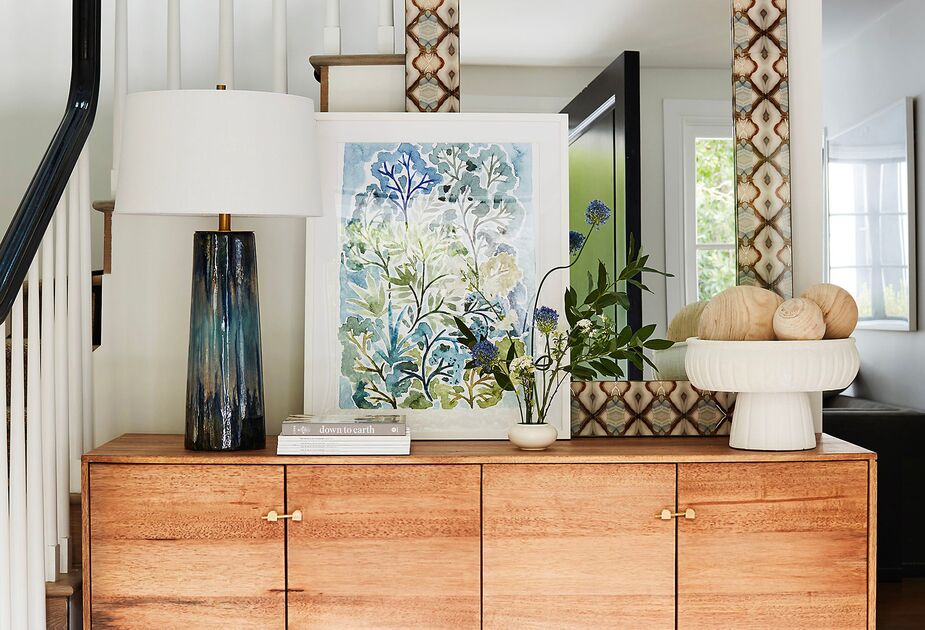
Also known as parawood, rubberwood is becoming more popular as people seek out options that are sustainable and affordable as well as durable and beautiful. Find the sideboard here.
Oak: Hard and hardy, resistant to scratches and even dust (yes!), oak displays prominent figuring. Some love its distinctive grain; others loathe it. Cerusing or whitewashing the wood can draw even more attention to the patterns.
Pine: Fast-growing pine is perhaps the most popular furniture wood in the U.S. There are more than 120 species of the tree, some of which produce harder lumber than others. For instance, longleaf pine, a type of Southern yellow pine, rates higher on the Janka scale than mahogany. That said, many pines are susceptible to dents, which is one reason the wood is often covered with a hardwood veneer. Another reason is its prominent grain and abundant knots—great if you want a rustic vibe but not if you prefer something more urbane.
Rubberwood: Also known as parawood and plantation hardwood, rubberwood is durable, affordable, and resistant to certain types of mold. It’s also a sustainable option. Trees are cut down only once they stop producing sap—usually after 30 years—and then replaced with new trees.
Teak: It’s easy to wax enthusiastic about teak. Thanks to its high oil content, this tropical hardwood actually repels termites; it’s also resistant to moisture, warping, cracking, and decay. These qualities make it popular for outdoor use, while its tight, straight grain makes it beautiful enough for indoors. Left unfinished and exposed to the elements, its color will change from golden to silvery over time, though if you decide you don’t like the latter, you can sand the wood back to its original hue.
Walnut: Because walnut is so hard and resistant to splitting and chipping, it’s a go-to wood for pieces that feature intricate carving—though that same hardness makes carving it a task that requires great skill. Beautifully figured, it resists shrinking, warping, moisture, and mold and can maintain its beauty for hundreds of years. It is quite heavy, however (something to keep in mind if you move frequently), and pricey, which is why it’s more commonly seen as a veneer.
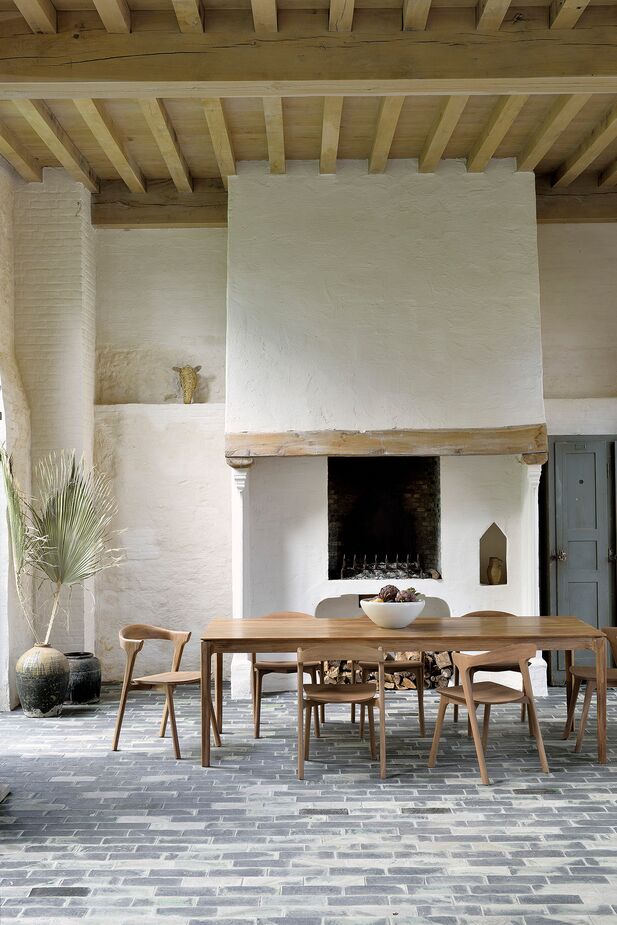
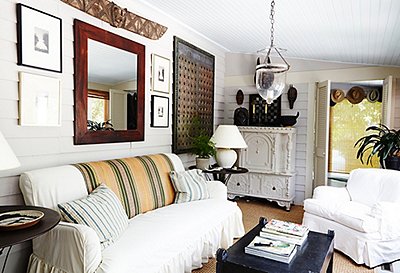
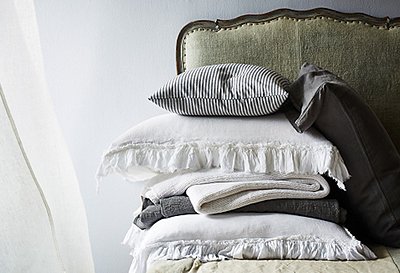

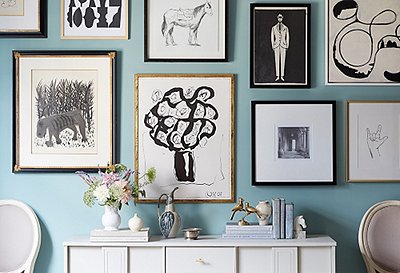
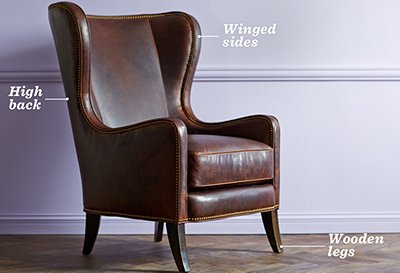
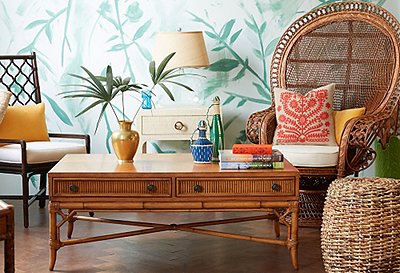
Join the Discussion